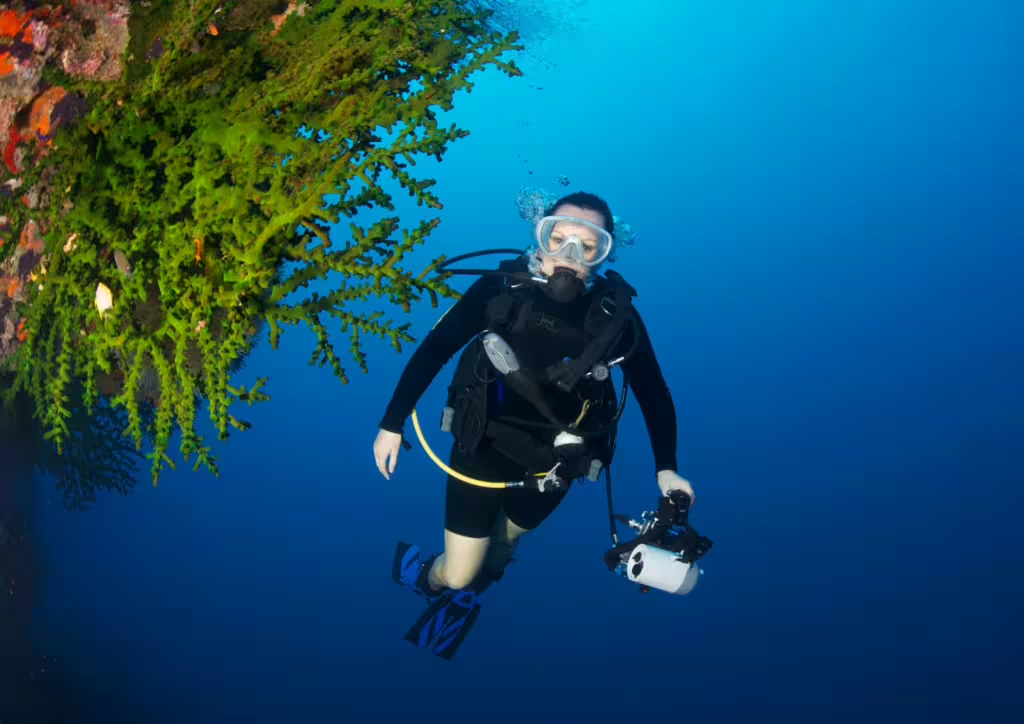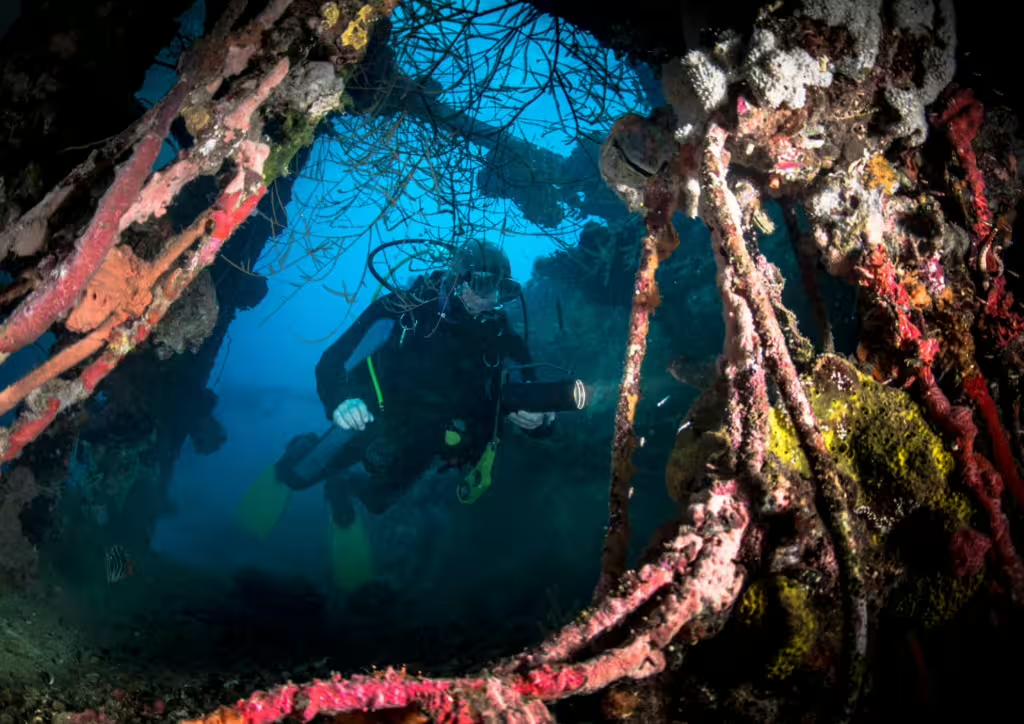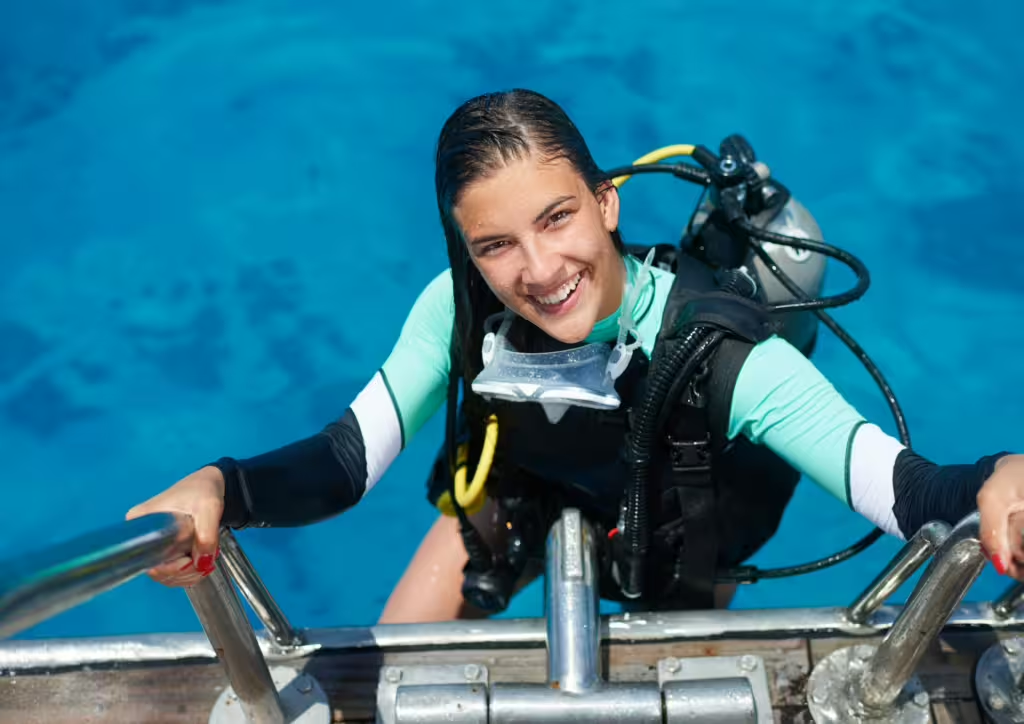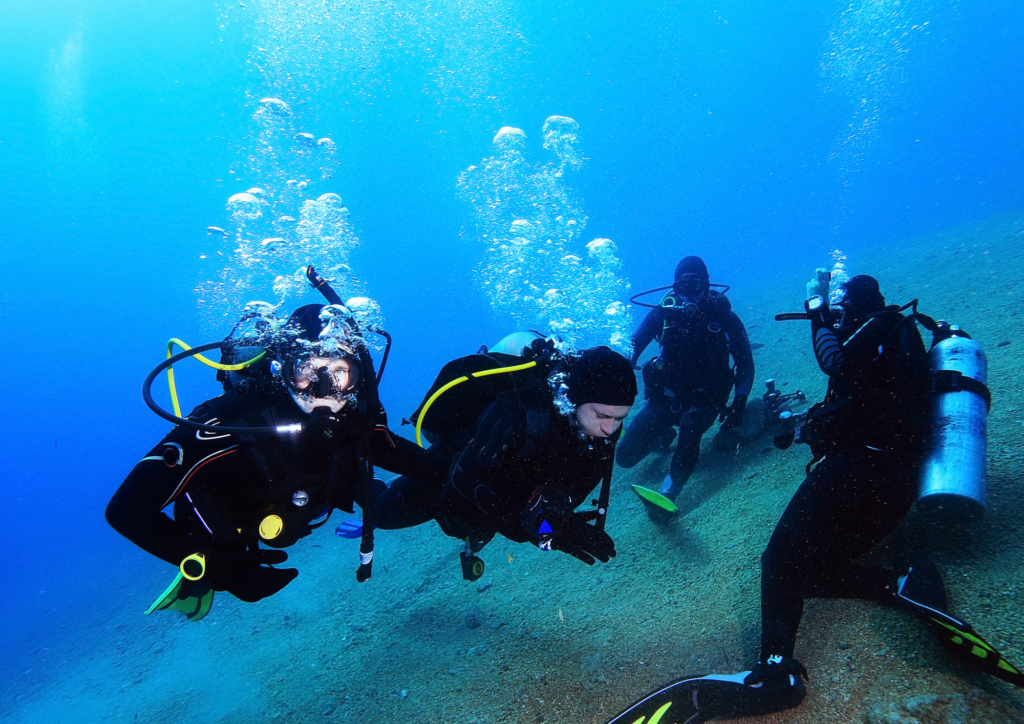Choosing the right diving certification is key to your underwater journey, and many divers find the SSI Scuba Course in Bali an excellent starting point. In Bali’s crystal-clear waters, both SSI and PADI offer world-class training, but the SSI Scuba Course in Bali stands out for its flexible approach and modern digital learning system. Whether you’re new to diving or advancing your skills, the SSI Scuba Course in Bali provides personalized instruction and access to stunning dive sites.
Understanding SSI and PADI: The Two Giants of Scuba Diving
Scuba diving enthusiasts often find themselves weighing the benefits of two of the industry’s most recognized organizations: SSI (Scuba Schools International) and PADI (Professional Association of Diving Instructors). Established in 1970, SSI has carved a niche in creating a community-focused approach to diver education, emphasizing consistency in training and offering a broad range of courses — including the popular SSI Scuba Course in Bali. Meanwhile, PADI, founded in 1966, has become synonymous with scuba diving worldwide, boasting an extensive network of dive centers and instructors across the globe.
Both organizations have developed comprehensive curricula that cater to divers of all skill levels, but their philosophies vary — with SSI focusing on mastery-based learning and PADI offering a more standardized progression that leverages its vast franchise network. This foundational understanding sets the stage for a deeper comparison of SSI and PADI programs, especially in a vibrant diving destination like Bali, where many divers begin their journey with an SSI Scuba Course in Bali.
When considering the right dive course in Bali, it’s essential to recognize how the core philosophies of SSI and PADI influence the overall experience. For instance, SSI’s emphasis on practical skills and personalized attention often translates to a supportive learning environment, which is a hallmark of the SSI Scuba Course in Bali. Conversely, PADI’s standardized approach facilitates global recognition, appealing to divers who plan to explore multiple destinations.
Ultimately, this overview highlights the strengths of both systems while showcasing why many students choose an SSI Scuba Course in Bali — a program that combines world-class training, flexibility, and the island’s stunning marine biodiversity. Whether you’re a beginner or seeking advanced certification, the SSI Scuba Course in Bali provides an unforgettable and skill-building diving experience.
Course Structure and Content: What to Expect

When considering a scuba diving course in Bali, understanding the structure and content of SSI and PADI courses is essential for making the right choice. Both organizations offer comprehensive training, but they differ in their approach. The theoretical components of each course involve learning through engaging multimedia presentations and interactive assessments that cover topics such as dive planning, safety procedures, and environmental awareness.
SSI places a strong emphasis on dive philosophy and conservation education, while PADI offers a more standardized curriculum that many divers find familiar. Expect both courses to include ample handouts and resources to enrich your learning experience. In addition to theory, both SSI and PADI courses incorporate practical training elements that consist of pool sessions and open water dives.
SSI courses typically focus on a relaxed learning pace, allowing students to master skills thoroughly during confined water sessions before transitioning to open water. On the other hand, PADI structures its courses to ensure students are quickly comfortable in the water, with an emphasis on completing skills efficiently. When evaluating a scuba course in Bali, consider how these differences in course structure might affect your personal learning style and diving goals.
Diving Experience and Philosophy: Different Approaches to Learning
When embarking on your diving journey, the teaching philosophies between SSI and PADI present a key consideration in selecting the right course. SSI, or Scuba Schools International, emphasizes a learner-centered approach, fostering an environment where instructors tailor their teaching to meet the individual needs and preferences of each student. This philosophy not only promotes a deeper understanding of diving theory but also encourages personal engagement, allowing students to thrive at their own pace in the SSI scuba course in Bali.
In contrast, PADI, the Professional Association of Diving Instructors, adheres to a more standardized format, focusing on consistent learning outcomes across all courses. While this may ensure uniformity in skill acquisition, it can sometimes feel less personalized, especially for those who prefer a more interactive and flexible learning experience.
Understanding these differences is vital when deciding which course aligns with your learning style. If you value a customized experience that adapts to your individual needs, SSI may resonate more closely with your approach to learning. On the other hand, if you appreciate structure and predictability, PADI’s standardized format may suit you better. Ultimately, the choice between SSI and PADI should reflect your personal preferences and learning style, ensuring that your diving education is not only effective but also enjoyable.
Cost Comparison: Budgeting for Your Diving Adventure

When planning your diver training, understanding the cost structure of both SSI (Scuba Schools International) and PADI (Professional Association of Diving Instructors) courses is crucial. For those seeking high-quality training at a reasonable price, the SSI Scuba Course in Bali often stands out as a more affordable option compared to PADI. Tuition fees for these programs can vary based on the specific package you choose, with the SSI Scuba Course in Bali typically ranging from $350 to $450 for a basic open water certification, including materials.
Equipment rental is another important aspect of your budget, usually costing between $10 and $30 per day depending on gear quality and requirements. When enrolling in an SSI Scuba Course in Bali, some dive centers include rental equipment in their package, providing added value and convenience. Additional costs may apply for specialty training or certification upgrades, which can range from $50 to over $200.
Beyond course fees, divers should also consider expenses like dive insurance, transportation to dive sites, and meals during training days. Compared to other certification options, the SSI Scuba Course in Bali often provides flexible learning schedules and competitive pricing while maintaining a high educational standard.
Ultimately, creating a clear budget helps ensure a smooth and enjoyable diving experience. By evaluating both agencies, you can confidently choose the SSI Scuba Course in Bali that matches your goals and offers the best balance of cost, quality, and underwater adventure.
Local Dive Shops: Where to Take Your Chosen Course
When diving into the thrilling world of scuba diving in Bali, the choice of the local dive shop can significantly influence your experience. Several reputable dive shops cater to both SSI and PADI courses, each with unique offerings, experienced instructors, and a commitment to safety. Some of the top shops include ‘Bali Dive Academy,’ which is known for its stellar customer service and a variety of courses ranging from beginner to advanced levels.
Located in the heart of Seminyak, they allow easy access to some of the most beautiful dive spots around the island. Alternatively, ‘Blue Season Bali’ provides a strong focus on sustainability and eco-friendly practices, making it an excellent choice for environmentally conscious divers. They’re located in Sanur, offering a seamless mix of relaxation and adventure. Additionally, ‘Geko Dive’ has earned a solid reputation over the years for both its attention to detail and highly rated instructors, ensuring students receive personalized instruction tailored to their pace and comfort.
Located in Amed, this dive shop offers a more secluded experience, which can be enticing for those looking for a tranquil diving setting. By choosing one of these established dive shops, you can be confident that whether you opt for an SSI Scuba Course in Bali or a PADI certification, you will receive exceptional guidance and support throughout your underwater journey.
Diver Community and Recognition: What Comes After Certification?

Once you’ve completed an SSI Scuba Course in Bali or a PADI scuba program, your diving journey doesn’t end—it’s only the beginning of a world filled with new underwater adventures. Both certifications are globally recognized, allowing divers to explore dive sites around the world with ease. Graduates of the SSI Scuba Course in Bali often appreciate the personalized and community-focused approach SSI promotes, emphasizing respect for the ocean and eco-conscious diving practices.
In contrast, PADI’s extensive network and structured system provide a strong global framework, making it easy for divers to progress into advanced training and participate in international diving events. The community you join after an SSI Scuba Course in Bali tends to be tight-knit and environmentally driven, appealing to divers who value sustainability and ocean conservation.
Choosing between these two organizations means more than selecting a certification—it’s about finding a diving community that aligns with your values and aspirations. Many divers who complete an SSI Scuba Course in Bali find themselves inspired to pursue specialty courses and marine conservation activities across Indonesia.
Ultimately, understanding the differences between these global networks helps you plan your diving future with confidence. Whether you prefer SSI’s personal touch or PADI’s structured career pathways, completing an SSI Scuba Course in Bali ensures you’re ready to explore the underwater world with skill, awareness, and passion.
Making the Right Choice: SSI vs PADI for Your Boulder Dive Experience in Bali
In conclusion, choosing between SSI and PADI courses in Bali ultimately depends on your personal preferences and diving goals. Both organizations offer exceptional training and certification programs, but they differ in styles, philosophies, and price points. While SSI focuses on a more relaxed and environmentally conscious approach to diving, PADI provides a globally recognized certification that may appeal to those looking for broad opportunities.
Understanding these nuances can help you make an informed decision that best suits your needs and enhances your diving experience in the stunning waters of Bali. As you prepare for your underwater adventures, consider factors such as course availability, instructor experience, and alignment with your learning style.
Whether you decide on SSI or PADI, remember that the skills and knowledge you gain will be invaluable as you explore the beautiful marine life that Bali has to offer. By choosing a course that resonates with you, you’re not only setting the stage for unforgettable scuba diving experiences, but also contributing to the preservation of Bali’s vibrant underwater ecosystem.

